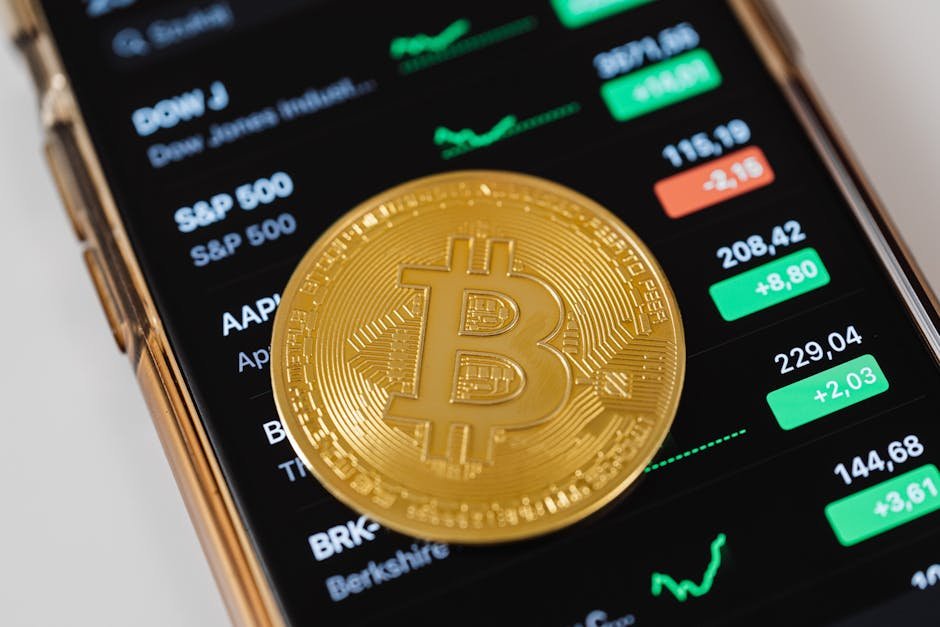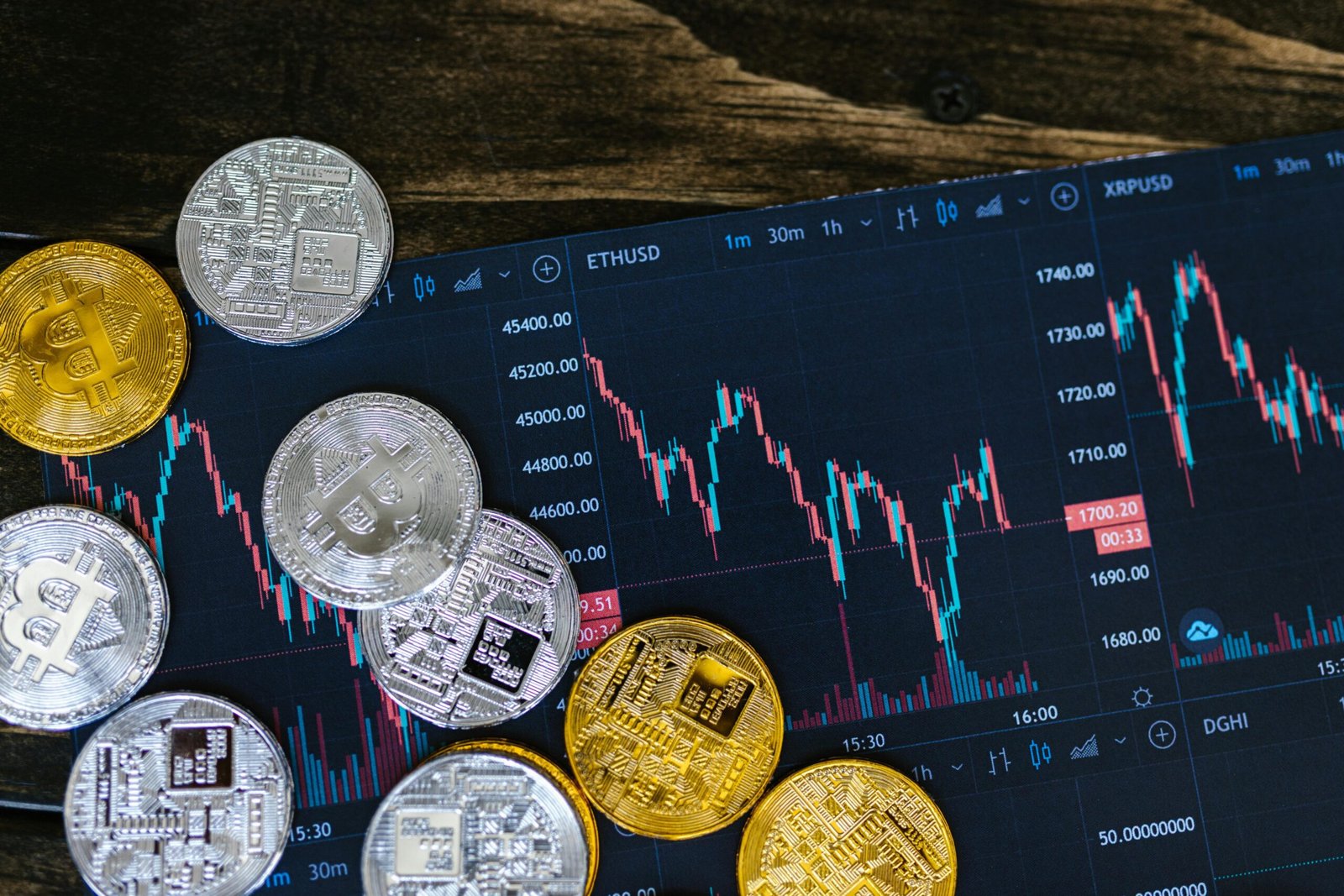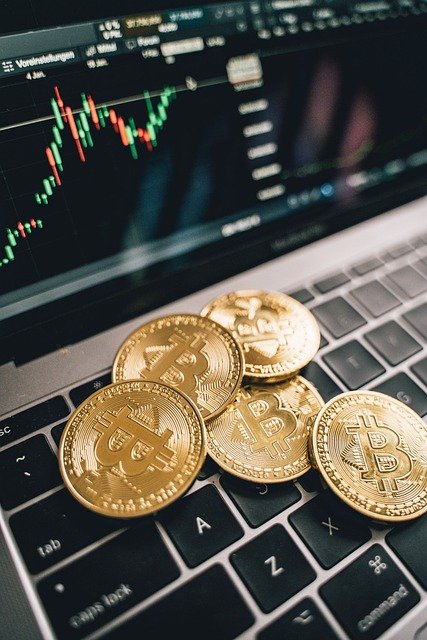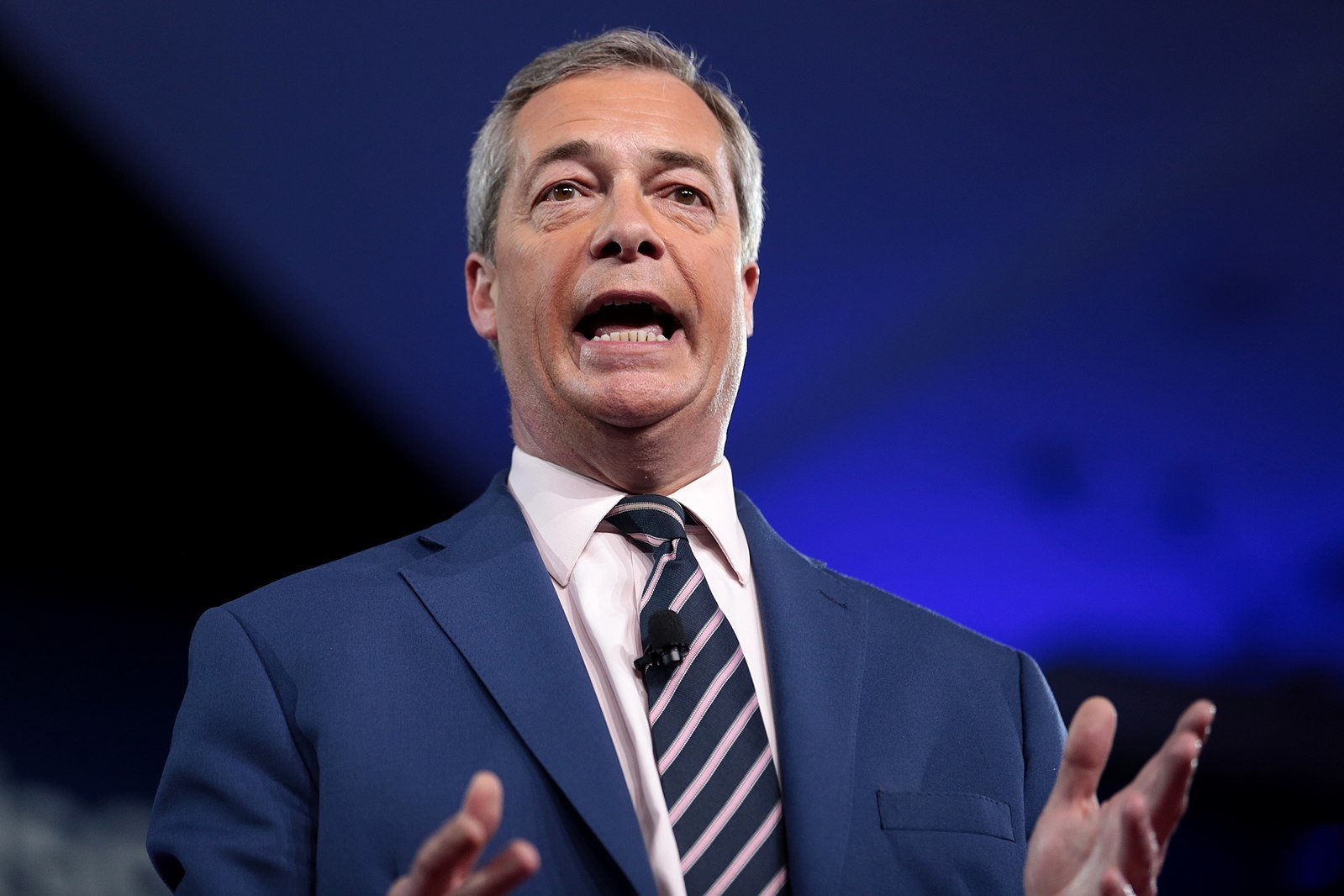
A Bold Move in Bitcoin Asset Strategy
In March 2025, President Donald Trump signed an executive order establishing the United States’ first-ever Strategic Bitcoin Reserve. This initiative, funded by forfeited digital assets held by the U.S. Treasury, aims to position Bitcoin and select cryptocurrencies as national reserve assets, signalling a significant shift in U.S. financial strategy. The reserve includes Bitcoin, Ethereum, Solana, Cardano, and Ripple, reflecting a broader embrace of digital assets by the federal government.
The establishment of this reserve has elicited varied responses globally. While some view it as a forward-thinking approach to modern finance, others express concerns about the volatility and regulatory challenges associated with cryptocurrencies.
In Switzerland, the Swiss National Bank (SNB) firmly rejected the idea of including Bitcoin in its currency reserves. SNB Chairman Martin Schlegel cited the lack of sufficient market liquidity and the extreme volatility of cryptocurrencies as primary reasons for this decision. Despite pressure from cryptocurrency advocates, the SNB maintains that cryptocurrencies do not currently meet the institution’s reserve standards.
Conversely, Pakistan has taken a more proactive stance. In March 2025, the government established the Pakistan Crypto Council (PCC) to oversee and promote blockchain technology and digital assets within the country. The council, led by Finance Minister Muhammad Aurangzeb and advised by Binance co-founder Changpeng Zhao, aims to integrate blockchain technology into Pakistan’s financial landscape.
In the United States, the creation of the Strategic Bitcoin Reserve has sparked discussions about the role of digital assets in national financial strategies. Proponents argue that incorporating cryptocurrencies into national reserves could enhance financial stability and legitimacy. They believe Bitcoin’s decentralized nature offers a hedge against traditional market volatility, inflation, and geopolitical risk, making it an attractive alternative to gold or foreign currency reserves. Supporters also suggest that holding Bitcoin at a national level could stimulate innovation in the financial sector, foster regulatory clarity, and encourage private investment in blockchain technologies.
Critics, however, caution against the speculative nature of such assets and the potential for government manipulation of the crypto market. They warn that Bitcoin’s price volatility could introduce unnecessary risk into national financial systems, potentially destabilising rather than protecting economic security. Concerns also remain about regulatory overreach: by becoming a direct player in the cryptocurrency ecosystem, critics argue, governments may inadvertently centralise influence over what was originally intended to be a decentralised, trust-less network.
As the global financial landscape continues to evolve, the United States’ move to establish a Strategic Bitcoin Reserve marks a significant milestone in the integration of digital assets into national economic strategies. The varied international responses underscore the ongoing debate about the role of cryptocurrencies in global finance. Some countries, such as El Salvador — which famously adopted Bitcoin as legal tender — have praised the U.S. for acknowledging crypto’s legitimacy on a global scale. Others, particularly in the European Union and parts of Asia, have responded more cautiously, emphasising the need for balanced regulatory frameworks before national adoption of volatile digital assets.
Economists note that the creation of such a reserve could have lasting impacts beyond the immediate headlines. If Bitcoin is increasingly treated as a strategic asset by governments, it could fundamentally alter global reserve compositions, traditionally dominated by U.S. dollars, euros, and gold. Over time, the mainstream acceptance of Bitcoin at a sovereign level may reshape international financial diplomacy, debt markets, and monetary policy decisions — with both positive and unpredictable consequences.
In the meantime, the world watches closely as the United States experiments with this bold financial strategy. Whether the Strategic Digital Reserve becomes a model for other nations or a cautionary tale will largely depend on the resilience of Bitcoin itself and the ability of governments to manage the new risks and opportunities that digital assets present.






